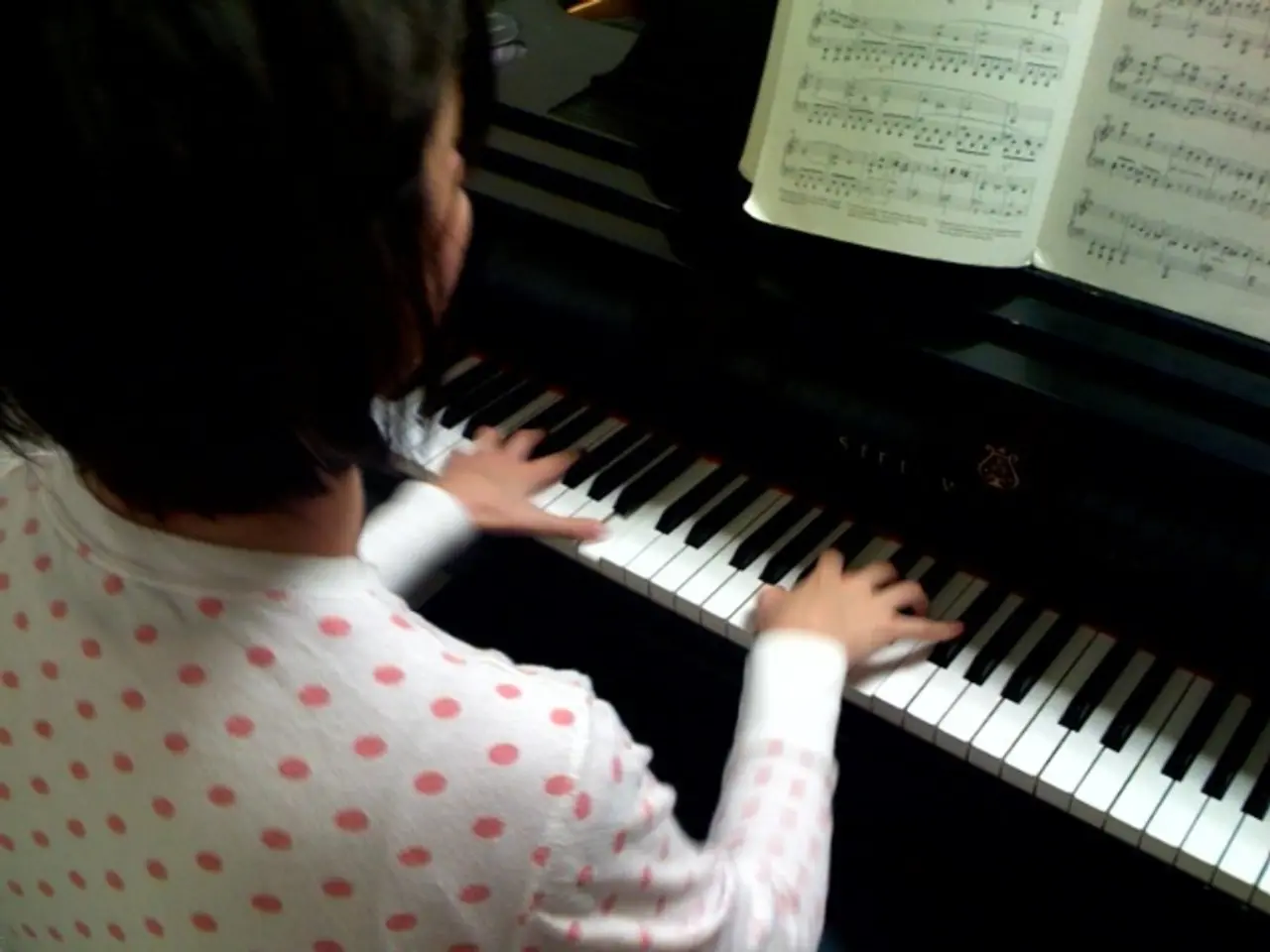Frequent question: What's the recommended frequency for piano tuning?
Maintaining the sound quality and condition of a piano is essential for any pianist or music enthusiast. A piano should ideally be tuned at least twice a year (every 6 months) to ensure its best performance.
Key factors influencing tuning frequency include the size and type of piano, the age of the piano, and the climate and humidity.
Larger grand pianos with longer strings may hold tuning better, but all pianos have many strings (around 230) that experience tension changes regularly. Older pianos may require more frequent tuning because their structural components (soundboard, pinblock) may weaken, reducing tuning stability. Fluctuations in humidity and temperature cause wood expansion or contraction, affecting string tension and pitch stability. Locations with significant seasonal changes or unstable indoor climates require more frequent tuning to maintain tonal accuracy.
For new pianos, initially more frequent tuning (sometimes every 3 months) is recommended as the strings settle and stretch. After that, a biannual schedule suffices for well-maintained pianos in stable environments.
Here's a summary of the recommended tuning frequencies for different factors:
| Factor | Recommended Tuning Frequency | |--------------------|------------------------------------| | New piano | Every 3 months initially | | Older piano | Every 6 months or more frequently | | Stable climate | Twice a year | | Fluctuating climate| Possibly quarterly (every 3 months) |
If a piano is not in tune, a pianist may play with a heavier touch or louder to get the same amount of sound from the instrument. Letting a piano go more than twelve months without tuning can result in the technician having to cut some strings or cause damage to the piano.
Pianos in theatres, piano schools, and music establishments should be tuned regularly to maintain their best condition. Ideally, these institutions should have a piano technician as part of the staff to maintain the pianos and track their condition over time.
When a piano is in tune, it will sound louder and clearer because the partials of the harmonics will match and resonate. Daily tuning of a piano would be ideal but is impractical for most individuals due to cost constraints. After six months, a good piano should hold the tuning well enough to not significantly bother the ear.
For advanced and intermediate piano students, tuning every three to four months is more suitable. Small pianos, such as uprights, need to compensate for the lack of physical space by using thicker strings, which can make the pins loose earlier.
The WKMT Blog offers more articles like this one for pianists and music enthusiasts looking to learn more about piano care and maintenance.
Advanced piano students may benefit from tuning their instruments every three to four months for optimal sound quality, while intermediate pianists might find twice a year tuning sufficient. Regular tuning is essential for all piano owners to maintain the best performance and sound quality of their instrument.





